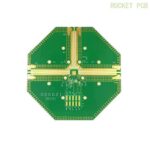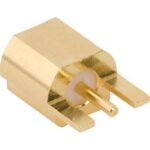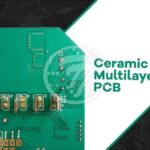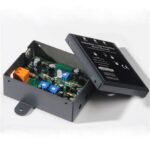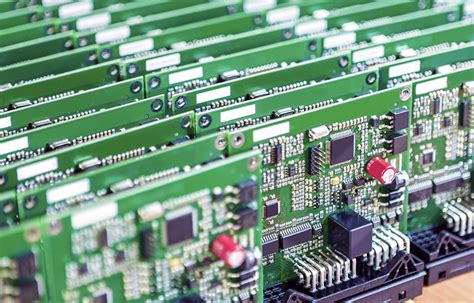
ALL ABOUT FLEX PCB
-
 Read more: How to Choose a Reliable PCB Manufacturer in China
Read more: How to Choose a Reliable PCB Manufacturer in ChinaUnderstanding Your PCB Requirements Before embarking on your search for a PCB Manufacturer, it’s crucial to have a clear understanding of your PCB requirements. Consider the following aspects: PCB type (rigid, flexible, or rigid-flex) Number of layers PCB size and thickness Material specifications Surface finish Quantity and lead time Special […]
-
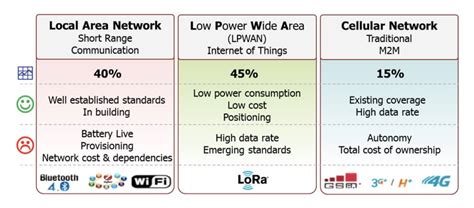 Read more: LoRa Radio: An Effective Long Range Radio Technology
Read more: LoRa Radio: An Effective Long Range Radio TechnologyIntroduction to LoRa Technology LoRa, which stands for Long Range, is a proprietary spread spectrum modulation technique derived from chirp spread spectrum (CSS) technology. Developed by Semtech, LoRa is a long range, low power wireless platform that has become the de facto technology for Internet of Things (IoT) networks worldwide. […]
-
IPC Standards – High-Quality Products It’s Here
Posted by
–
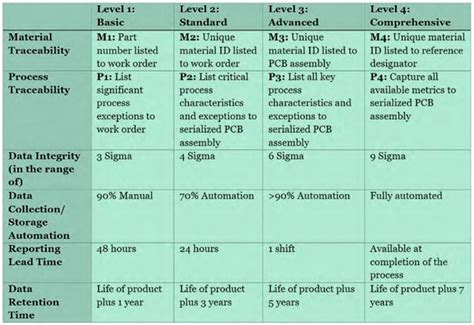 Read more: IPC Standards – High-Quality Products It’s Here
Read more: IPC Standards – High-Quality Products It’s HereIntroduction to IPC Standards IPC, formerly known as the Institute for Printed Circuits, is a global trade association that develops standards for the electronic interconnection industry. IPC standards are widely recognized and adopted worldwide, ensuring the quality, reliability, and consistency of electronic products. These standards cover various aspects of the […]
-
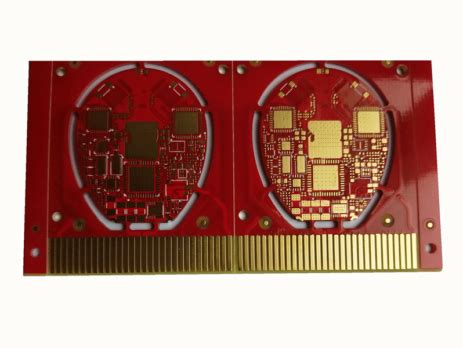 Read more: Goldfinger gold plated PCB board quality issues and measures
Read more: Goldfinger gold plated PCB board quality issues and measuresIntroduction to Goldfinger PCB Goldfinger PCB, also known as gold-plated printed circuit boards, are a type of high-quality PCB that features a layer of gold plating on the surface of the copper traces and pads. This gold plating provides several benefits, including enhanced corrosion resistance, improved solderability, and superior electrical […]
-
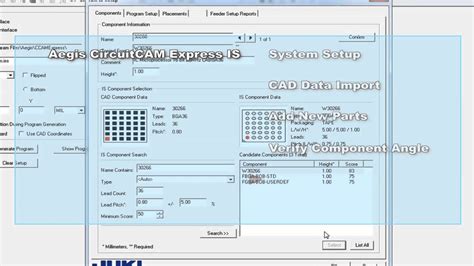 Read more: How to open Gerber files in AutoCAD with free open source tools
Read more: How to open Gerber files in AutoCAD with free open source toolsWhat are Gerber Files? Gerber files, also known as Gerber format or Gerber image format, are the industry standard for printed circuit board (PCB) designs. These files contain essential information for PCB Fabrication, including copper layers, Solder Mask, silk screen, and drill data. Gerber files are generated by PCB Design […]
-
Class C amplifiers: A Complete Guide and More!
Posted by
–
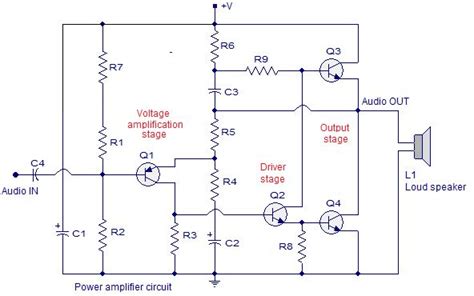 Read more: Class C amplifiers: A Complete Guide and More!
Read more: Class C amplifiers: A Complete Guide and More!Introduction to Class C Amplifiers Class C amplifiers are a type of electronic amplifier where the active element (usually a transistor or vacuum tube) conducts for less than 50% of the input signal cycle. They are one of the most efficient types of RF power amplifiers but have higher distortion […]
-
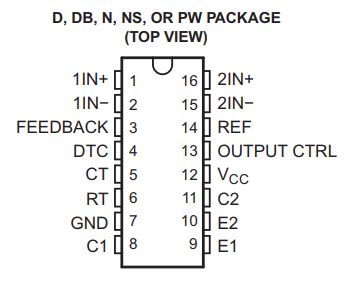 Read more: TL494: Everything You Need to Know For Your Project
Read more: TL494: Everything You Need to Know For Your ProjectIntroduction to the TL494 The TL494 is a versatile pulse width modulation (PWM) control circuit that is widely used in power supply applications. It is designed to provide all the necessary features for building a high-performance power supply, including voltage and current control, undervoltage lockout, and output protection. In this […]
-
PCB Trace to Plane Capacitance Formula
Posted by
–
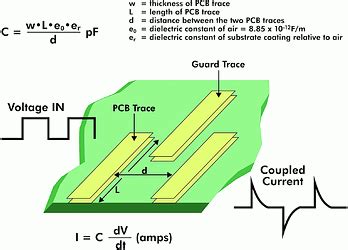 Read more: PCB Trace to Plane Capacitance Formula
Read more: PCB Trace to Plane Capacitance FormulaUnderstanding PCB Capacitance Printed Circuit Board (PCB) design involves various aspects, one of which is managing the capacitance between traces and planes. PCB capacitance plays a crucial role in determining the performance, signal integrity, and electromagnetic compatibility of electronic circuits. In this article, we will delve into the concept of […]
-
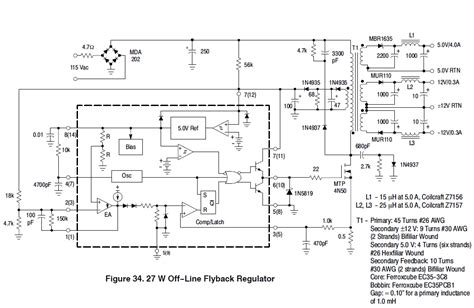 Read more: UC3844: A Complete Guide to Everything you Need to Know
Read more: UC3844: A Complete Guide to Everything you Need to KnowIntroduction to the UC3844 PWM Controller The UC3844 is a fixed-frequency pulse width modulation (PWM) controller integrated circuit commonly used in switch mode power supplies (SMPS). It provides an easy and cost-effective solution for controlling and regulating the output voltage in offline power converters and adapters. Key features of the […]
-
Flyback Converter: A Power Conversion Device
Posted by
–
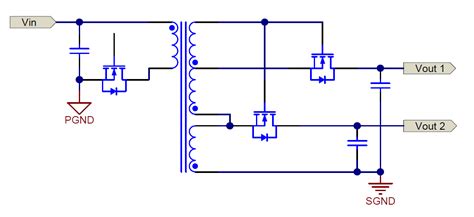 Read more: Flyback Converter: A Power Conversion Device
Read more: Flyback Converter: A Power Conversion DeviceWhat is a Flyback Converter? A flyback converter is a type of isolated switching power supply that utilizes a transformer to store energy and deliver it to the output load. It is widely used in low to medium power applications, such as battery chargers, LED drivers, and power adapters for […]
